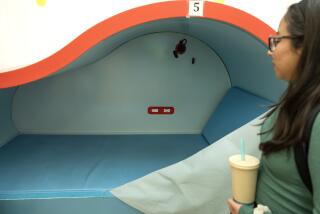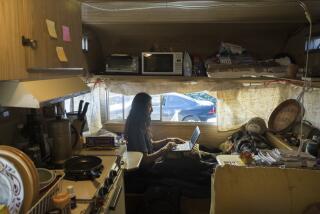Universities Offer Summer Lodging
Worried about finding budget accommodations during the peak summer months?
You needn’t be. June, July and August are the ideal times to take advantage of empty rooms in student residences. This summer more than 650 colleges and universities worldwide will open their doors to visitors at very reasonable rates.
Most of these residences are open to all travelers; some will accommodate families. Traveling students and teachers are sometimes charged less.
The residences offer the types of services that are a part of a student’s life. That means clean, safe accommodations in single or double rooms, plus food services, sport and fitness facilities and often parking.
The drawbacks to using residences can include sharing washrooms and finding yourself in an inconvenient suburban location.
If you are going to make reservations, double-check addresses against a city map to see if the location is practical, especially if you are going to be relying on public transportation.
The first time I stayed in a student residence I was in Paris. I arrived without a reservation and was hoping to find a single room at a reasonable rate.
Paris, fortunately, has an excellent free youth accommodation service called Accueil des Jeunes en France (AJF).
You can walk into any one of its five locations (I chose Gare du Nord--the north railway station) and its staff will make a reservation for you on the spot.
The type of accommodation will depend on the amount of money you want to spend. The cheapest lodgings are shared rooms in hostel-style hotels. If you want more privacy but don’t mind sharing washrooms, they may put you in a student residence.
If you are traveling without reservations and want to check for cheap rooms yourself, call the universities and colleges and inquire from the director of residences.
If you want to make reservations there are several ways you can find out what’s available. First, check with the tourist information office of the country you intend to visit; some produce lists that include residence accommodations.
Another excellent source of information is an annually researched publication called “U.S. and World Wide Travel Accommodations Guide.” The 1990 edition is available.
All residences listed have requested inclusion in the guide. This year’s edition covers 650 residences in 25 countries. The average nightly rate is $12 to $24 per person, for single or double rooms, respectively.
The new edition also includes expanded information on South Pacific destinations.
Australia has 46 student residences that will provide accommodations with breakfast for $12 to $20 U.S. per person a night. An accommodation with three meals averages $32 to $35 U.S. a night. New Zealand, meanwhile, has 14 residences offering accommodations with three meals for $24 to $30 U.S. a night.
For visitors to Europe, 15 residences in Berlin offer lodging with breakfast for $18 to $25 a night. Keep in mind that European breakfasts often are limited to breads, with jams or meat spread, cheese, and coffee or tea.
About 330 of the residences listed are in North America, and this is where families can sometimes find that economical apartments and even townhouses are available. This year the guide is concentrating more on residences within easy reach of U.S. national parks.
The guide also includes helpful contact information for: bed and breakfast reservations services; home exchange agencies in Canada, the United Sates and abroad; Elderhostels; YMCA/YWCA accommodations; tourist board offices: and tips on stretching your travel dollar through services such as the previously mentioned AJF.
Copies of the “U.S. and World Wide Travel Accommodations Guide” can be ordered for $11.95 U.S., plus $1.05 for postage, from Campus Travel Service, P.O. Box 5007, Laguna Beach, Calif. 92652.
More to Read
Sign up for The Wild
We’ll help you find the best places to hike, bike and run, as well as the perfect silent spots for meditation and yoga.
You may occasionally receive promotional content from the Los Angeles Times.






